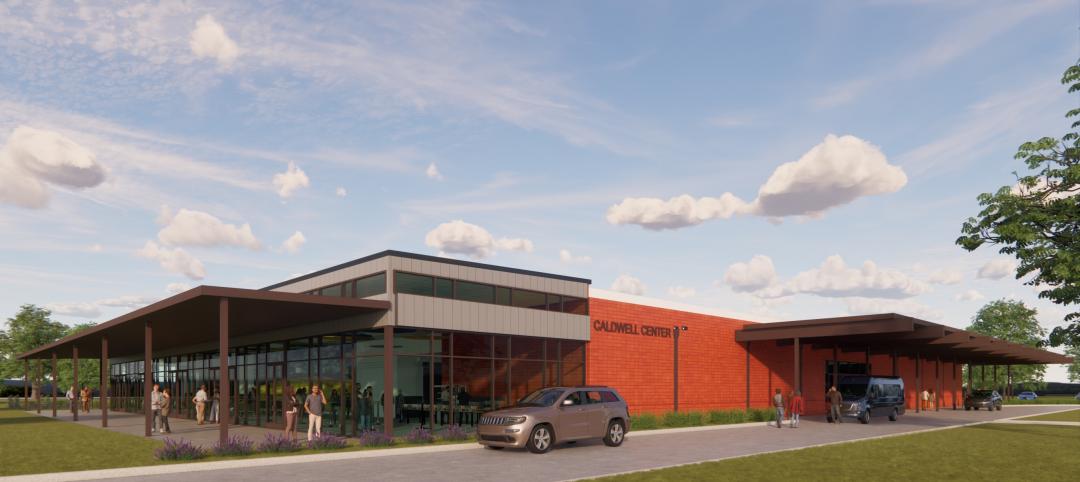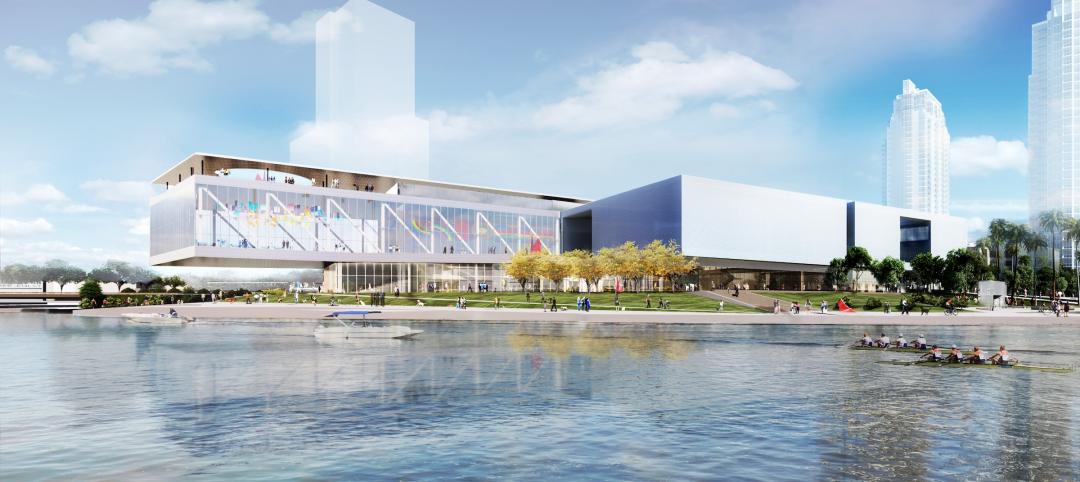BD&C: What is happening with your corporate portfolio? Are there any strong commercial markets right now?
Samuel S. Unger: Most U.S. markets are still soft. There is some perceived bottoming in some very local submarkets in San Francisco, San Jose, and certain New York City submarkets. Downtown Seattle is tightening. Other markets have limited inventory in given classes of buildings, so there is better control over those segments. I am also surprised by how tight some of the smaller Canadian cities are. Researching the brokerage house reports looking for consensus is still helpful, as are ongoing discussions with trusted brokers. We always try to stay ahead of the requirement by trying to understand forward momentum in given markets. It’s also important to note that markets can be quite local, varying by view and size of requirement, so generalities need to be closely tempered by the requirement you are presenting to the market.
BD+C: Where is the best place to invest in real estate right now?
SU: There has been competition for trophy assets in commercial real estate, and a fair amount of money chasing discounted retail assets, according to what I hear. Unfortunately, real estate assets are very difficult to dispose of in weak markets, as too many have discovered to their chagrin. Diversification still rules.
‘Try to understand forward momentum in given markets’
BD+C: When is the commercial real estate market going to rebound?
SU: When you see three or four quarters of positive white collar job growth, you might be tempted to get out of your foxhole. But a critical caution is the fact that all markets and submarkets are local, and impacted by the movement of major companies or particular industry segments.
BD+C: In regard to commercial properties, are owners upgrading or reconstructing these properties? How long does it take for an owner to see a return on their investment after upgrading or reconstructing a property? How is this impacting their portfolio?
SU: This is a thesis question. It all depends on an owner’s portfolio, competitive pressure, leverage, and access to capital. We’ve seen a number of owners of Class A property begin to do reasonable upgrades to comply with the lower tiers of LEED certification because they believe they need this to remain competitive in the market, and we welcome that.
BD+C: Is it more advantageous to construct a new building, or upgrade an existing structure?
SU: I stress that we as an organization are not owners of buildings for reasons specific to the Ernst & Young partnership. We have a very competent advisory services business that assists owners with questions like this. As with any complex question, it all depends on the specific market and the arbitrage available in making a conversion.
BD+C: Are there particular mistakes or errors that you see BD+C readers making in regard to commercial real estate?
SU: If you are talking ownership, the first law is that real estate is volatile and illiquid, and keeps absorbing capital. The second law is to remember the first.
BD+C: How can BD+C readers—architects, MEP engineers, and contractors—work more effectively with a firm like Ernst & Young and other CoreNet members?
SU: We encourage contact with design professionals and contractors. We mandate that members of our real estate group get involved with national and local organizations, and we’re not shy about it. I encourage professionals to get involved with CoreNet. It’s important to realize that the organization encourages mutual long-term benefit—no quick sells, no heavy marketing, but a great opportunity to let people understand both the type of individual you are and something of your business over time. The people of CoreNet are also a tremendous resource, with literally hundreds of years of collective experience in the allied professions.
BD+C: What do architecture, engineering, and construction firms continually do wrong in their dealings with organizations that are CoreNet members? What mistakes do you see them making? What advice would you have for AEC firms to work more effectively?
SU: Great question, and another thesis topic. Approach CoreNet members as a long-term investment. Share experiences and understand the pressures and questions of your potential clients. Don’t talk consultant speak—if asked, talk solutions. Otherwise, grab a beer and share war stories.
BD+C: What is the most important thing you can take away from your involvement with CoreNet on both a personal and professional level?
SU: CoreNet has been a tremendously valuable resource for me. I have established friendships and had the opportunity to go beyond professional relationships with a number of our members. I have also realized that many of the issues I faced, both personally and professionally, are shared problems, with shared solutions. On a professional level, deeper discussion of the issues we face as an organization, and the similarities to the issues faced by my colleagues in CoreNet, help generate more thoughtful solutions. The opportunity to review strategies and tactics for these issues is valuable, as is the review of resources available through service providers, contractors, and suppliers. BD+C
Related Stories
Resiliency | Aug 22, 2024
Austin area evacuation center will double as events venue
A new 45,000 sf FEMA-operated evacuation shelter in the Greater Austin metropolitan area will begin construction this fall. The center will be available to house people in the event of a disaster such as a major hurricane and double as an events venue when not needed for emergency shelter.
Cultural Facilities | Aug 21, 2024
Baltimore’s National Aquarium opens 10,000-sf floating wetland that mimics the harbor’s original tidal marsh habitat
The National Aquarium in Baltimore has opened the National Aquarium Harbor Wetland, a 10,000-sf floating wetland that mimics the Inner Harbor’s original Chesapeake Bay tidal marsh habitat. Located between Piers 3 and 4 on Baltimore’s Inner Harbor, the $14 million project features more than 32,000 native shrubs and marsh grasses.
Mixed-Use | Aug 21, 2024
Adaptive reuse of a Sears store becomes luxury mixed-use housing
6 Corners Lofts at 4714 W Irving Park Road, Chicago, Ill., opened in March of 2024 as a 394,000-sf adaptive reuse project born out of a former Sears store.
Building Materials | Aug 19, 2024
Federal 'buy clean' construction materials label program unveiled
The U.S. Environmental Protection Agency announced a plan for implementing a new label program to boost American production of more climate-friendly construction materials and products. The label program will prioritize steel, glass, asphalt and concrete.
Museums | Aug 19, 2024
The Tampa Museum of Art will soon undergo a $110 million expansion
In Tampa, Fla., the Tampa Museum of Art will soon undergo a 77,904-sf Centennial Expansion project. The museum plans to reach its $110 million fundraising goal by late 2024 or early 2025 and then break ground. Designed by Weiss/Manfredi, and with construction manager The Beck Group, the expansion will redefine the museum’s surrounding site.
AEC Tech | Aug 19, 2024
Harnessing AI to revolutionize architectural design and creativity
Architects are wondering if AI will replace us. For Vessel, the gains offset the fear. We believe there is wisdom in the unattributed quote, “You won’t lose your job to AI. You will lose your job to someone using AI.”
Reconstruction & Renovation | Aug 19, 2024
Movement to protect historic buildings raises sharp criticism
While the movement to preserve historic buildings has widespread support, it also has some sharp critics with well-funded opposition groups springing up in recent years. Some opponents are linked to the Stand Together Foundation, founded and bankrolled by the Koch family’s conservative philanthropic organization, according to a column in Governing magazine.
Government Buildings | Aug 19, 2024
GSA posts new RFI for enabling energy efficiency, decarbonization in commercial buildings
The U.S. General Services Administration (GSA), in collaboration with the U.S. Department of Energy, recently released a new Request For Information (RFI) focused on enabling energy efficiency and decarbonization in commercial buildings. GSA wants to test innovative technologies through GSA’s Center for Emerging Building Technologies.
MFPRO+ New Projects | Aug 16, 2024
At 60 stories, the Paramount multifamily development will stand as Nashville’s tallest high rise
When complete, the 60-story Paramount building, at 750 feet high, will be the tallest high rise tower in Nashville, Tenn., surpassing the city’s current record holder, the 617-foot AT&T Building. The $390 million Paramount project recently launched condo sales after securing more than $230 million in construction financing.
Urban Planning | Aug 15, 2024
New York City begins first large-scale porous pavement installation
New York City is installing its first large-scale porous pavement installation along seven miles of roadway in Brooklyn. The project will keep 35 million gallons of stormwater out of the combined sewer system each year, according to a news release.

















